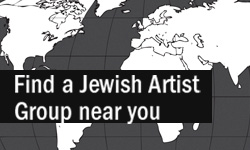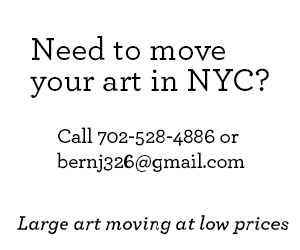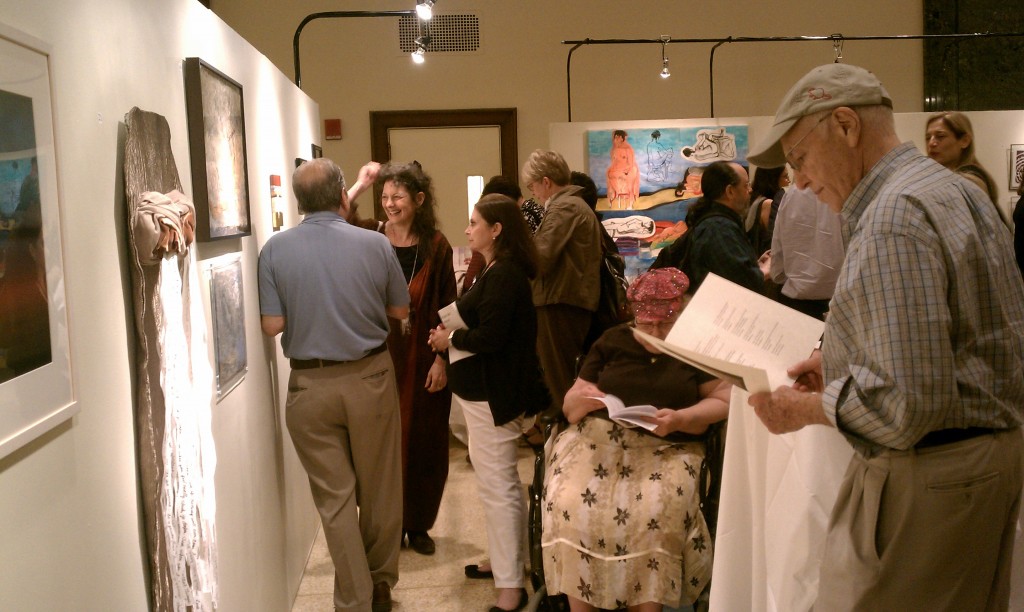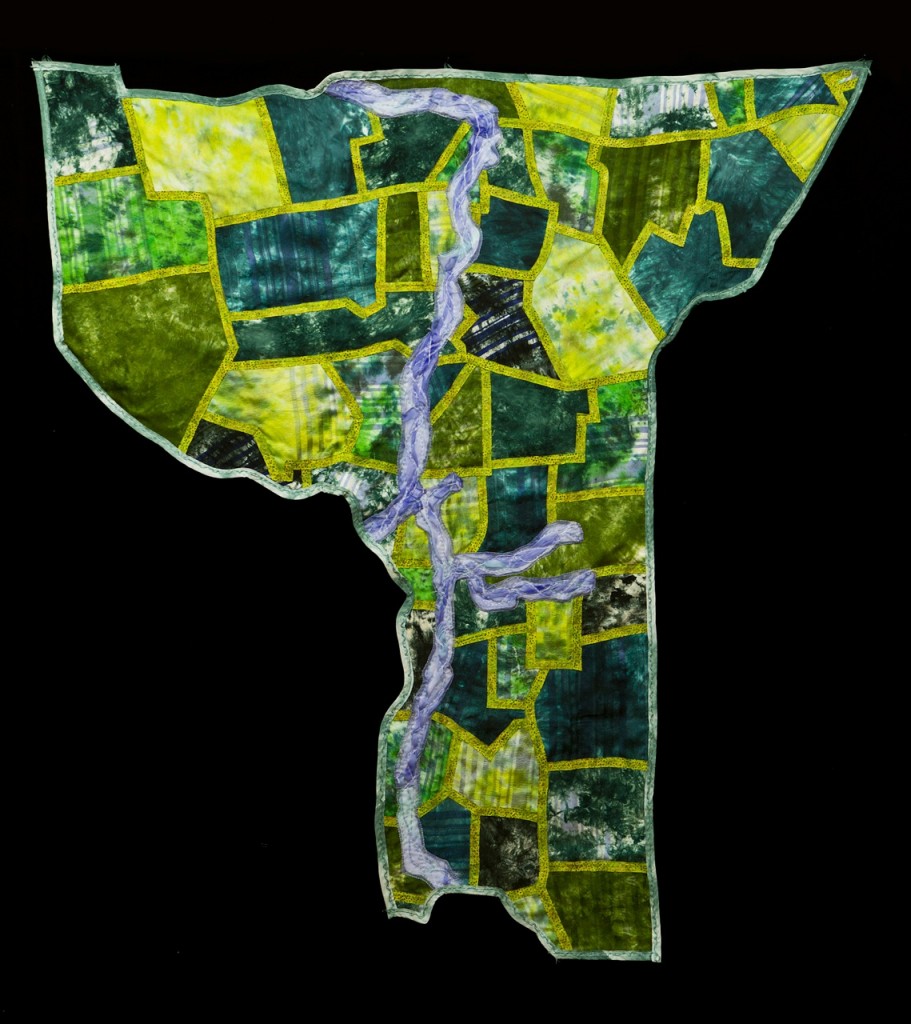Artists Beit Midrash Thrives At Skirball
1 Jul2011
By Yona Verwer
The Skirball Center for Adult Jewish Learning offers 2 unique study groups: a beit midrash (“house of study”) for artists and a second one for writers. Having attended the Skirball program myself 5 years ago, I was drawn specifically to its visual aspect—students explore Jewish sources and create new visual commentaries inspired by those texts. I finished the semester exhilarated by the learning and discussions led by Rabbi Leon Morris, who co-founded the program 9 years ago with Tobi Kahn. This year Rabbi Lewis S. Warshauer and Tobi Kahn led the courses.
Each year, the beit midrash culminates with an exhibition and reading of students’ work. At this year’s June 12 event, the following artists repurposed materials to create art in the theme of “Water and Its Powerâ€:
Fiber artist Rachel Kanter‘s impressive Immersion: Loss is fabricated from old silk tallisim that she cut, sew and dyed. One side is blue in hue while the other is green. This piece is part of her spiritual mikvah series; it represents water one may wrap around oneself to symbolize immersion in cases where a mikvah is unavailable or not desired. Recently many ceremonies have been created using a mikvah for new and inventive rituals. Kanter remarked, “Its use marks that time in life when you are faced with the knowledge that something important has ended. Whether it is the closing of a synagogue, the weaning of a child or leaving your community, it is the loss of potential, possibility. Prayers are recited that ask, plead and thank God for the strength and understanding to emerge from this loss renewed.” Kanter grew up in upstate New York, which has lost a sizable Jewish population, and this work represents this lost potential and continuity of Jewish communities.
Ronni Pressman, a cantorial assistant in Westfield, NJ, exhibited I Am My Beloved As My Beloved Is To Me, a chuppah which features tree trunks made into poles. Its cover consists of her handmade pieces of paper, signifying the fragility of marriage. Mayim Mayim Mayim, a collaboration with her son in Tel Aviv, is a “book†on photo paper & Japanese paper and viewable from all sides. The pixilated veil on the pages mimics water drops. Her Morid hatal, a very handsome pen on paper work with embossed Hebrew letters, is inspired by the phrase we say from Passover till Sukkot: “You rain dew upon us.”
Museum consultant and artist, Vicky Reikes Fox’s work, Revisited, is a mirrored box with a string of hamsas dangling in front; the beads are vintage while the metal hamsa shapes are cutouts from food cans. They are strung as if in front of a baby’s crib, as was custom centuries ago to ward off the evil eye. Fox describes this object as a folk art continuum with a contemporary twist. Fox has a long-standing dialogue with an artist from California about hamsas; the two artists exchange ideas and collaborate long-distance.
The Artists’ beit midrash has inspired some of its participants to undertake their own initiatives. Arlene Sokolow, who has participated in the Skirball program since its inception, started an Artists beit midrash at Teaneck NJ’s Congregation Beth Sholom in 2004. Skirball alumni Debby Ugoretz, Harriet Finck and Miriam Stern are involved with organizing the course, along with a different scholar/rabbi each year. The program was the recipient of The Solomon Schechter Gold Award for Adult Education and The Norman Glicken Gold Award and was featured in “Outlook Magazine,†as well as being highlighted several times in the New Jersey Jewish Standard.
Professor Matthew Baigell recently wrote in the Forward that we are living in a golden age of Jewish art. Agreeing with him whole-heartedly, I expect to see the Artists’beit midrash model expand to other communities in the near future. My experience at Skirball was one of the factors that led me to found (with Holly Wolf) the Jewish Art Salon, which is a group that brings together artists, art historians and art professionals. With significant support from Tobi Kahn, this arts community has blossomed into a global group, which provides networking meetings and opportunities, in addition to hosting art exhibits and other events.
Dutch-born Yona Verwer is an artist, curator and co-founder/president of the Jewish Art Salon. Her recent works feature amulet shaped paintings and mystical Jewish imagery. She has exhibited at the Philadelphia Museum of Jewish Art, the Andy Warhol Factory, the Bronx Museum, and New York’s Center for Jewish History. Her work has been mentioned in the New York Times and the New Yorker. She is the co-curator of Terror: Artists Respond, opening September 2011 at the Dershowitz Center at Brooklyn’s Industry City.
- In: Exhibition Reviews
- Tags: Jewish Artist Groups, NYC








